The physical collection held by Newcastle Libraries comprises bound volumes of the newspaper from 1910 to 1925. Photos are being added as they come out of copyright. They are keen to find out more about the people in the photographs. If you recognize anyone in the images and have any stories and information to add please comment below the photo on the relevant Flickr page (see search link below).
|
During the First World War the Newcastle Illustrated Chronicle featured photographs of soldiers that had been sent in by relatives and friends. Here we have scanned their images to make them available online for those tracing family history or anyone with an interest in the First World War.
0 Comments
Letter from Major James Leadbitter Knott to his father, James Knott, Esquire of Close House, Wylam-on-Tyne, Northumberland, marked 'only to be sent after his death'. Second in command of the 10th Battalion of the West Yorkshire Regiment, he was killed in action on the opening day of the Battle of the Somme. The authorities had offered Major Knott safe employment in the control of shipping, which he felt unable to accept.
His younger brother, Captain Henry Basil Knott of the Northumberland Fusiliers, referred to as ‘Pomp’, had died from wounds received at Ypres Salient, in the previous September (1915). The letter was reproduced in the local newspaper after the death of Sir James Knott in 1934 with the headline, One of the Most Moving Letters Ever Written. On Monday 13th June 2016 Christopher Wardale talked at our monthly meeting about one of his lifetime passions, stained glass. His first degree from Newcastle was in Fine Art and he has been designing and researching the ancient and modern art of stained glass ever since. He trained as an Anglican priest, now retired, and has considerable knowledge of of some fine examples of stained glass in the north-east. His talk revolved around a Metro tour of Newcastle but was interspersed with historical information and personal anecdotes. William Wailes (1808–1881) established a stained-glass firm in Newcastle-on-Tyne in 1838 which became one of the largest in the country. Wailes made a name for himself through the provision of windows for local churches and at the height of the business had 76 employees turning out a new window every day. Christopher Wardale described how Wailes' produced windows often show particular colour combinations making them easily recognised. Our meeting on Monday, 11 January 2016 was time for the AGM, discussion of our new year's programme, and listening to part of an oral history recording made by Mr & Mrs Hall speaking about village life in Heddon in the years around 1904 and 1914. The recording (about two hours in length) was made on 08/02/1978, and is available at the Northumberland Archives, Woodhorn, reference T/114 and T/116. I transcribed part of the same recording during my first visit to the archives in 2011. My background notes to the recording are given below.
The Gibsons are one of the oldest families in Heddon. I managed to piece together some of their lines from Census records. Additional information has been added from a more detailed family tree kindly provided by a living relative, Ralph Gibson, son of Edward Septimus Gibson, now resident in Stamfordham.
The information and photos below relating to Henry Murray, one of the casualties of World War 1 named on Heddon War Memorial, were kindly provided by Helen Murray-Holmes and Henry Murray. I am very pleased that the family have allowed me to reproduce some of their extensive research here. Henry’s Family & Life Joseph Murray was born in 1869 in Callerton Fell, High Callerton, Ponteland, Northumberland the exact property may have been Fell House, Birney Hill. He lived and worked in Ponteland as a joiner. Joseph met Alice Reed who may also have lived in Ponteland; she was born in 1872. Alice was christened at St. Andrews, Newcastle upon Tyne, it has not been possible to find out where St. Andrews was; perhaps Heddon-on-the-Wall? Alice was a shopkeeper and her father was William Akenhead Reed. Joseph and Alice were married on 11th June 1892 at St. Georges Church, Jesmond, Newcastle upon Tyne. Joseph and Alice’s first child was a daughter Elsie Alice; she was born in 1893. The family were still living in Ponteland but it has not been possible to find out exactly where. Thomas Eustace Smith (1831-1903) built the Anglican Church of St. Mary's in North Gosforth, which is now the Sacred Heart Roman Catholic Church, and a schoolhouse which was (just) standing in 2010. Ralph Eustace Smith was born at Newcastle-on-Tyne on August 28th 1889. His father, Eustace Smith, and mother, Ellen Gertrude (née Hawkes), married around 1888. Eustace Smith was the son of Thomas Eustace Smith (1861-1902), JP, barrister, Liberal politicion and wealthy managing director of Smith's Dock on Tyneside. This company eventually became the Swan Hunter shipyard. The family had a home in London, Gosforth House in Newcastle and the Manor House at Whalton. Thomas' father was William Smith of Benton, a ropemaker. Ralph Eustace Smith is one of the names on the Heddon War memorial, a casualty of the Great War. This blog is to give some details of his life and circumstances of his death. There is further information about Thomas and William Smith of Guildhall and St Lawrence, Newcastle-on-Tyne, the rope making part of T. and W. Smith, on the Grace's Guide website.
There has been much in the media regarding our national commemoration of World War 1 and I was loath this time to write yet another article on the same subject. However, I have been inspired by recent local events. Research on the names recorded on Wylam’s war memorials by Aubrey Smith, Philip Brooks and Roy Koerner was recently subject of a very professionally-produced and moving display in Wylam’s library (Falcon Centre), and followed up by a talk by Aubrey and Philip to the Heddon Local History Society at our last meeting on Monday 15th September. If you missed the display, it is to be shown again in St Oswin’s Church (25 September to 11th October), Centenary Room of Wylam Institute (25th October to 1st November), and Wylam Methodist Church Hall (8th November to 9th November). Wylam has three memorials: the cross on the village green, a plaque in the church, and a plaque in the old school (now Falcon Centre) with 21 names (‘the children of the village’). As well as the exhibition, a file has been produced on each of the 54 names recorded. Because of our own activities on the names recorded in Heddon, I was particularly interested in the sources of information the group had used. Available online, there are Census records and military records: those of the Commonwealth War Graves Commission, Soldiers Killed in Great War, Army Service Records (only about a third of which survived the Blitz), Medal Rolls, and Pension records. For those serving in the Northumberland Fusiliers or Durham Light Infantry, Battalion War Diaries were consulted at Alnwick Castle and Durham County Hall respectively. Although seldom recording names of individual soldiers, they provided insight about military events on the days the men were killed. Local information was mined from the Hexham Courant, available on microfiche at Hexham Library. In particular, the Wylam School Log Books provided a valuable source, due to the dedication of the headmaster, Ralph Brady, who with 37 years of service personally knew, and took an interest in his former pupils. Several of the names were augmented by family history research carried out by their relatives, often coming out of the blue from surprising distance, providing letters, photographs and memories. Some intriguing stories came to light. One name on the old school plaque is Captain Frederick George ‘Dusty’ Dunn. From a humble background as son of a pit deputy, he became a pioneer in aerial warfare during the war, flying 17,500 miles in France. He was killed after Armistice Day, in May 1919, crashing as a test pilot at Farnborough in a prototype triplane. Roy Koerner, who unearthed much of the story is quoted in The Northumbrian (Issue 140 June/July 2014): “He is one of Wylam’s most famous sons, yet nobody knew about him. If the schoolmaster had not recorded his name on the war memorial he would have been forgotten. Wylam already had its railway pioneers and now we have an aviation pioneer.” Another airman commemorated on the village green memorial is Gerald Lewis Paget. He transferred from the Northumberland Fusiliers to the 67th (Australian) Royal Flying Corps in early 1916 and was shot down on a mission in the Middle East.
Three of the Wylam men had more illustrious backgrounds to many of those recorded. The two sons of Sir James Knott, Henry Basil Knott and James Leadbitter Knott are shared on Heddon’s memorials and their stories are well known. The third, Algernon George Parsons, killed at Ypres in April 1918, was the only son of Charles Parsons, the industrialist of turbine fame who lived at Holeyn Hall. Aubrey Smith got into this research to find something about the almost forgotten names he saw every day on the village memorial. The Heddon memorial records many fewer individuals, but the Wylam study will be a hard act to follow and we will need a little more time. The Wylam exhibition is well worth a visit. Take time to look at just a single random file of one the soldiers unknown to you and you will see that their stories can still resonate with us today. Click the link for some general information on the schools in Heddon. Extracts from the Heddon Church of England School Log Book |
AuthorAndy Curtis Archives
July 2024
Categories
All
|



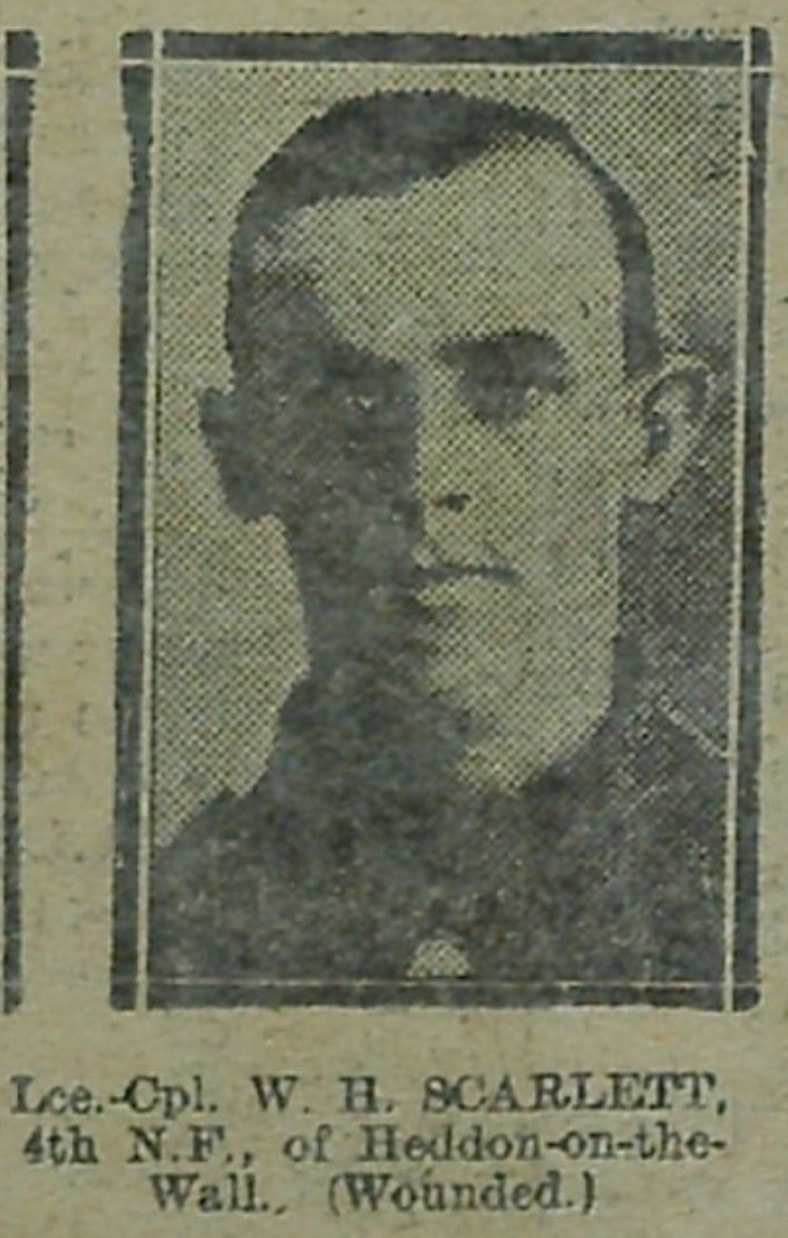
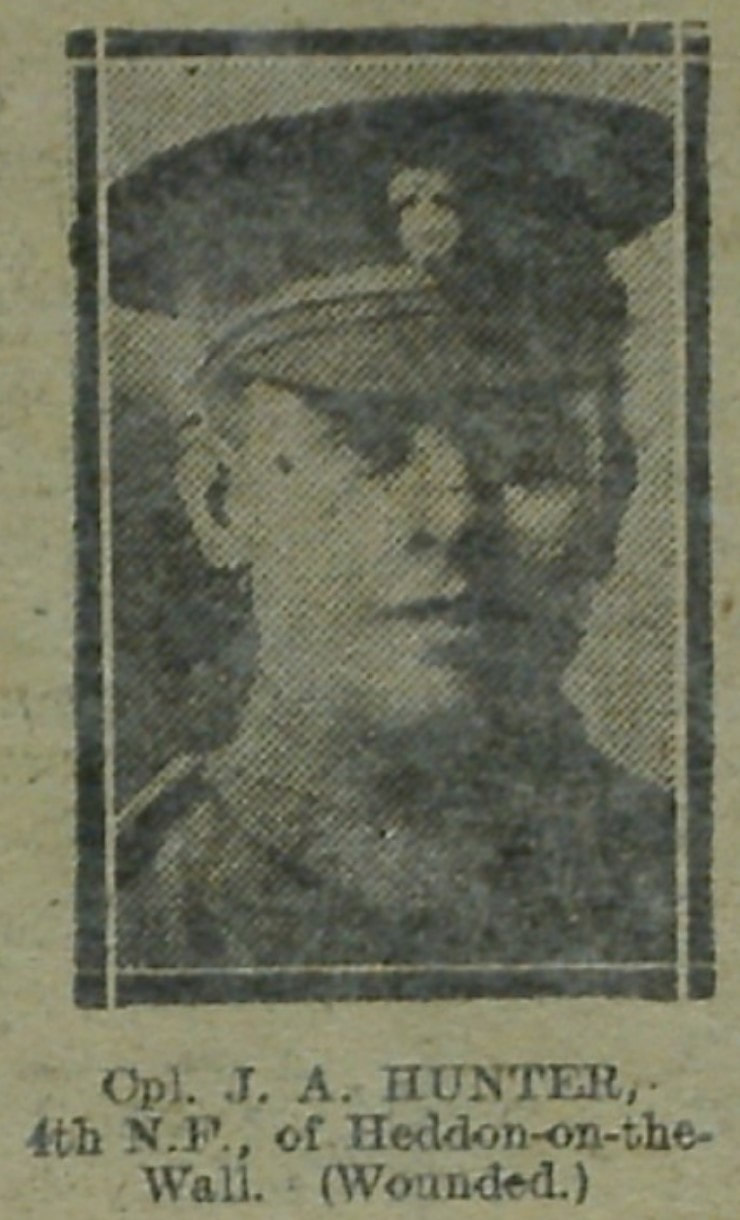

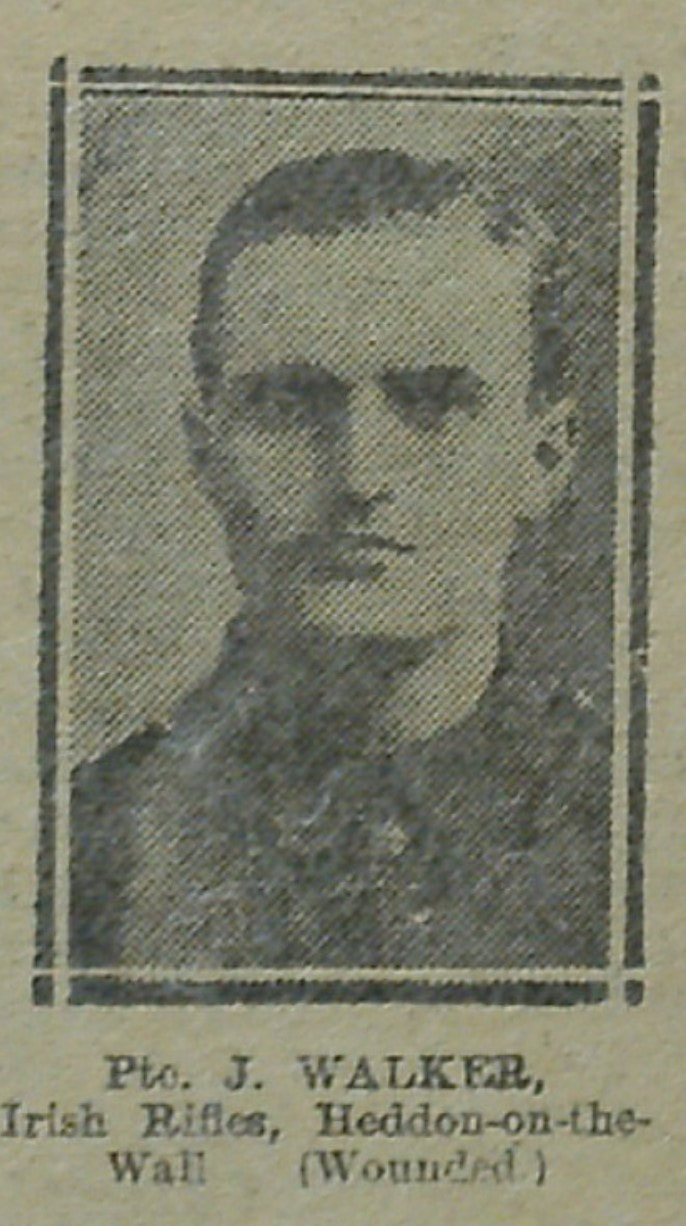














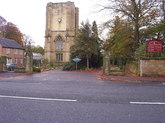

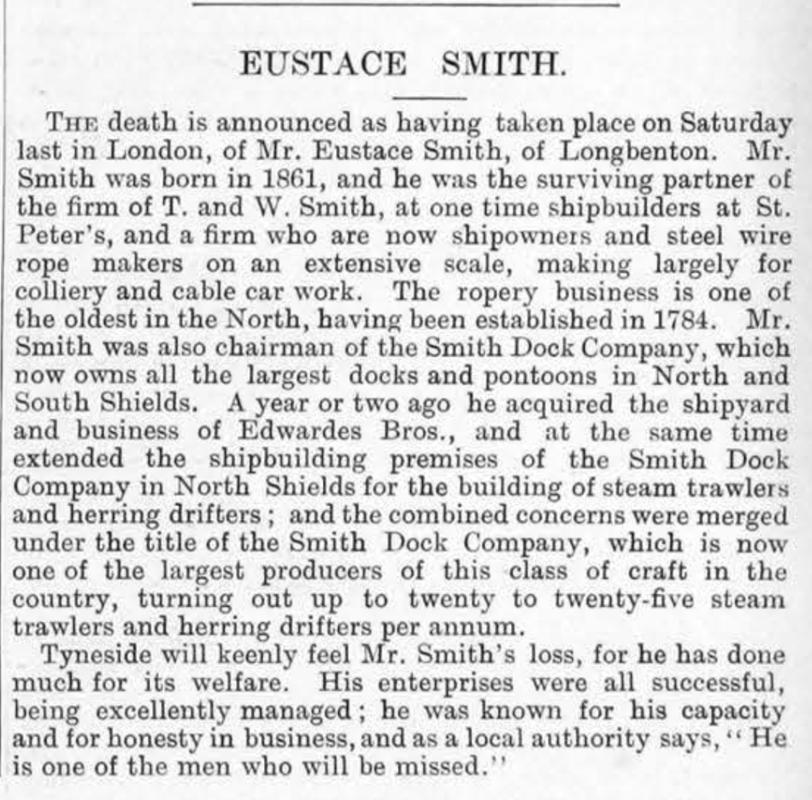

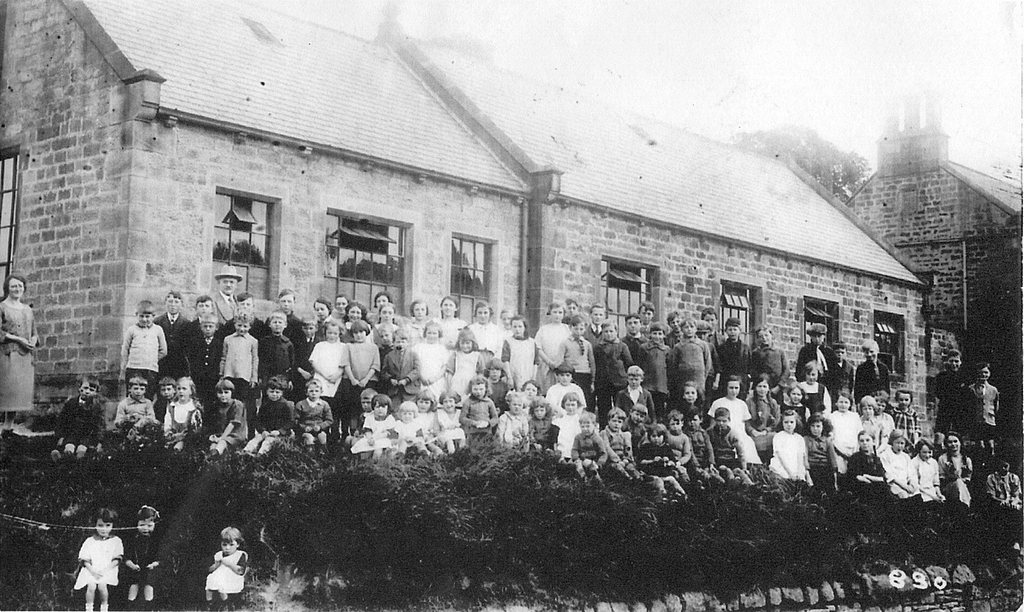






 RSS Feed
RSS Feed
